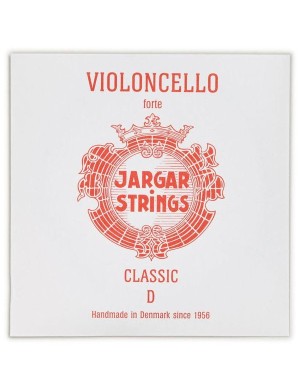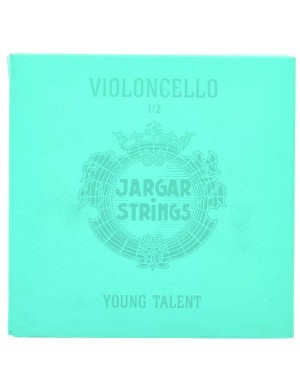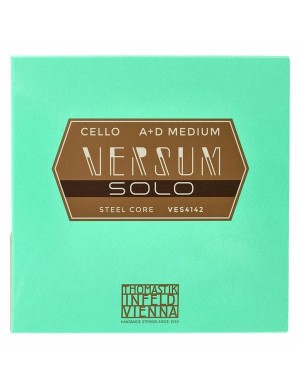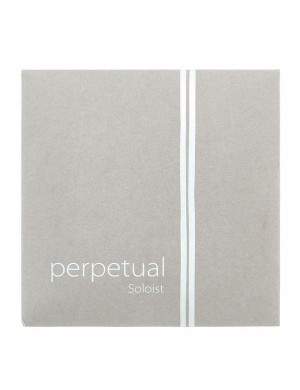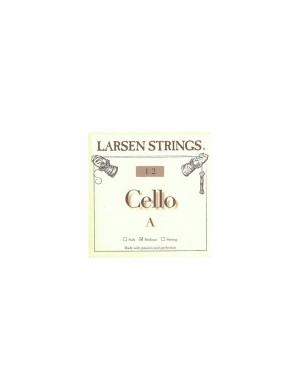
Cello
Online sale of wood to build cellos
It is rare that a trunk reaches such a diameter to allow us to cut backs or tops for cello. However, by some fortuitous coincidence some plants resist adversity for hundreds of years and reach 80 centimetres in diameter, a measure beyond which it is possible to obtain material for cello. Grandi Liutai Italiani have always been committed to cutting logs in the forest in a responsible manner and we buy the lots exclusively from the Forest Departments of the various Governments. This means that each plant is cut to promote life in the forest and the spontaneous growth of new individuals that will strengthen the local genetic heritage. The selective felling of plants for commercial purposes and the repopulation with non-native plants has created immense damage to all the forests where we operate, so we are very strict in avoiding buying plants from companies or individuals. The nobile art of the luthier has always been linked with the search for the right material. Consequently, those who, like us, deal with the forest and sawmill work must be aware that a possible mistake at the base could weigh on the whole community of future luthiers, who without the right material may not be able to make their instruments sound as they should.



